Homemade pesto tastes by a lot better than store-bought versions.This classic Italian sauce has been lifting dishes since Roman times. Cooks traditionally made it by crushing fresh basil, garlic, pine nuts, and Parmesan cheese in a mortar and pestle. Your cooking can go from good to exceptional when you become skilled at making essential sauces, whether it’s for a quick weeknight pasta or to expand your culinary skills.
Professional chefs’ secret weapons include traditional BBQ sauce, zesty chimichurri, pizza sauce, and the iconic Big Mac sauce. We’ll show you how to create these restaurant-quality sauces right in your kitchen. These recipes go beyond simple ingredient combinations and make dishes truly memorable.
Want to become a sauce boss? Let’s head over to the world of homemade sauces and see how they can lift your cooking game!
Table of Contents
Understanding Basic Sauce recipe Types
“Good barbecue comes from experience, and experience, well, that comes from poor barbecue.” — Aaron Franklin, James Beard Award-winning chef and pitmaster
Understanding [classical French mother sauces](https://hospitalityinsights.ehl.edu/five-mother-sauces-classical-cuisine) is the life-blood of sauce making. Chef Marie Antoine-Carême codified this culinary tradition in the early 20th century. These fundamental sauces are the foundations of countless variations.
Mother Sauces and Their Uses
The five mother sauces recipe are the life-blood of classical French cuisine. Each sauce blends three key elements: a liquid, a thickening agent, and seasoning. These mother sauces include:
- Béchamel: A white sauce made by thickening milk with a white roux. You’ll find it in gratins, lasagna, and creamy pasta dishes
- Velouté: A light stock and white roux combination that pairs well with poultry and seafood dishes
- Espagnole: A rich brown sauce that combines beef stock and brown roux to create many meat sauces
- Hollandaise: An emulsion of egg yolks and melted butter that enhances eggs Benedict and steamed vegetables
- Tomato: A rich blend of tomatoes with aromatics and stock that elevates pasta dishes and braised meats
Modern Classic Sauces recipe
Contemporary cooking has evolved beyond traditional mother sauces recipe. Chefs have adapted classical techniques to create lighter, fresher alternatives. Modern sauces focus on reduction methods instead of roux-based thickening to match today’s priorities.
On top of that, new classics like romesco, a Spanish sauce that combines chilies, tomatoes, and nuts, have emerged. Global cuisine has brought us versatile options like chimichurri, which adds bright, herbal notes to grilled meats.
Chefs now welcome fusion elements in sauce recipe making. To cite an instance, they create innovative combinations like spicy Thai-inspired mango sauce for seafood or beetroot ketchup to reinvent traditional condiments. These adaptations keep the basic principles of classical sauce making while bringing fresh, global flavors.
Essential Equipment for Sauce recipe Making
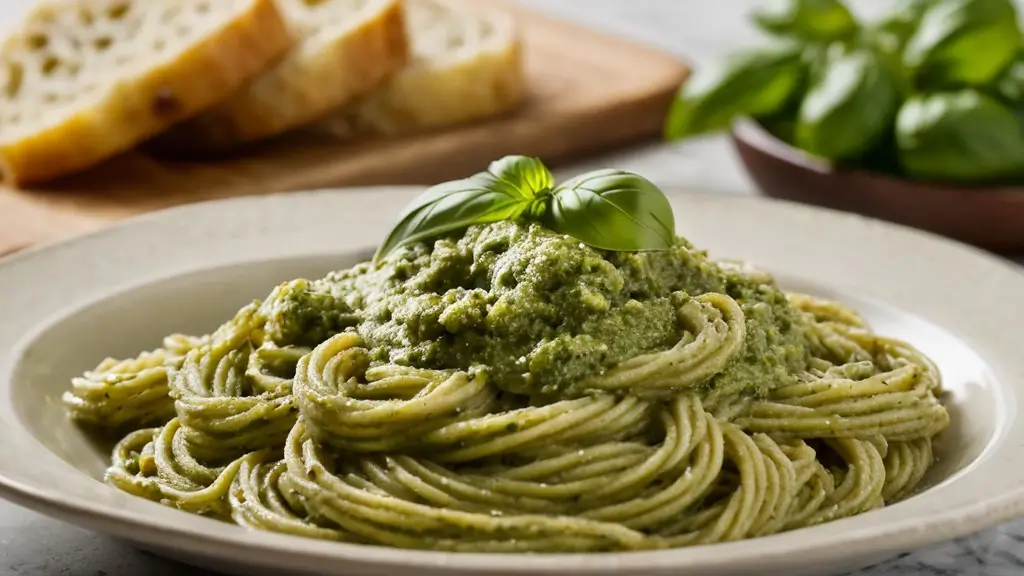
Quality ingredients alone won’t give you exceptional sauces recipe. The right tools make all the difference when you aim for professional results.
Must-Have Tools
A high-quality saucepan is the life-blood of saucerecipe making. You need one with a thick bottom that distributes heat evenly and prevents unwanted sticking or burning. We used a saucier pan with sloped sides that makes whisking easier and keeps sauce from getting trapped in corners.
Your sauce-making arsenal should include these tools:
- A sturdy whisk for emulsifying and achieving creamy textures
- Wooden spoons for gentle stirring and roux-making
- Heat-resistant spatulas that won’t damage cookware
- A fine-mesh strainer for achieving silky-smooth results
- Measuring cups made of stainless steel for precise portions
Optional but Helpful Gadgets
Several specialized tools can boost your sauce-making capabilities beyond the basics. An immersion blender is a great way to get results when working with large quantities of sauce, and you won’t need to transfer hot liquids to a countertop blender. A quality immersion blender should have at least 600W of power to work well.
The food mill changes the game, especially for creating smooth tomato sauces recipe and passata. This tool processes food with minimal intervention while removing seeds and skins effectively. Professional-grade food mills cost between USD 142 and USD 219, but you can find good alternatives around USD 50.
Professional kitchens rely on a chinois – a conical fine-mesh strainer – as their secret weapon. This tool will give a ultra-clear stocks and perfectly smooth purées by removing even the tiniest particles. You’ll get silky-smooth textures when you pair it with a pestle or wooden spoon.
Note that quality matters more than quantity. Your kitchen needs fewer, better-made tools that last decades rather than inferior products. Look for items with substantial construction, like wooden spoons carved from a single piece of wood – they offer durability and comfort during long stirring sessions.
Master Your BBQ Sauce Game
“Barbecue sauce is like a beautiful woman. If it’s too sweet, it’s bound to be hiding something.” — Lyle Lovett, Grammy Award-winning singer-songwriter
BBQ sauce ranks among America’s most beloved condiments. Each region takes pride in creating its own unique version.
Classic BBQ Sauce Recipe
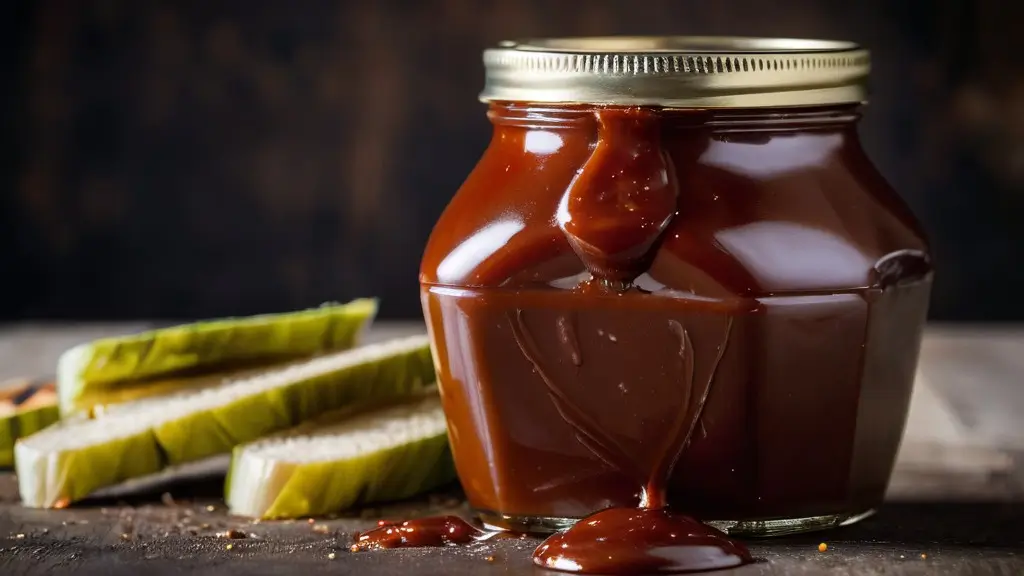
Kansas City-style BBQ sauce serves as the foundation of what we know as traditional barbecue sauce recipe today. You start with ketchup as your base and add brown sugar or molasses to sweeten it. A splash of vinegar adds tang while Worcestershire sauce creates depth. This sauce tastes best when you add it after cooking, especially with ribs. The high sugar content might burn during grilling.
Regional BBQ Sauce Variations
American BBQ sauce styles showcase local traditions and priorities:
- Alabama White: A unique mayonnaise-based creation from 1925 that pairs beautifully with hickory-smoked chicken
- Eastern Carolina: A thin, zesty mix of cider vinegar and red pepper flakes that cuts through fatty pork perfectly
- South Carolina Gold: Yellow mustard gives this sauce its signature rich, spicy flavor without sweetness
- Texas Style: A light but robust sauce that blends meat drippings, cumin, and chili powder
- Memphis Style: A thinner version than its Kansas City cousin, with a classic gravy-like texture
Storage Tips
Your homemade BBQ sauce recipe needs an airtight container. Glass jars work better than plastic to maintain quality. The main refrigerator compartment provides more stable temperatures than the door.
Homemade BBQ sauce recipe stays fresh up to two weeks in the fridge. You can freeze the sauce to make it last 3-4 months. Clean utensils prevent cross-contamination and help maintain freshness.
Vinegar acts as a natural preservative in the sauce recipe. The ideal pH level of approximately 3.5 helps preservation. Bottling requires sterile containers sealed immediately while the sauce remains hot.
Perfect Pizza and Pasta Sauces
Becoming skilled at sauce-making is the key to perfect pizza. A great pizza sauce recipe is the foundation of an exceptional pie that lets all other toppings shine.
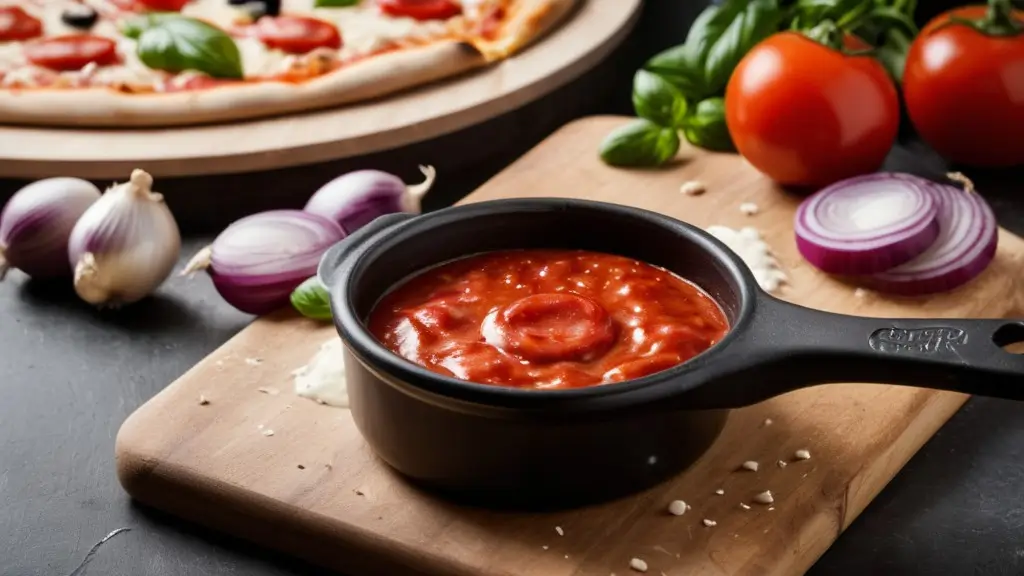
Quick Pizza Sauce Recipe
The best pizza sauce remains uncooked, which keeps the bright, fresh tomato flavor. You can make an authentic recipe by mixing crushed tomatoes with garlic, basil, salt, and pepper. You can create a raw sauce by blending these ingredients before spreading them on pizza.
Store-bought marinara sauce should be avoided because it has too much sugar and tastes processed. Fresh tomatoes don’t work well on pizza because they release excess water and won’t cook right in the oven.
Marinara vs Tomato Sauce
The difference between marinara and tomato sauce recipe can help you pick the right one for your pizza. Marinara sauce is thinner and cooks quickly – it just needs only about an hour of simmering. Tomato sauce, based on the French mother sauce (sauce tomat), is thicker, richer, and more complex. It just needs several hours of cooking.
Marinara works best for pizza, while tomato sauce recipe fits better with dishes like chicken cacciatore or Sunday gravy. All the same, marinara’s lighter consistency and simple flavor profile make it perfect for pizza without overwhelming other toppings.
Common Pizza Sauce Mistakes
- Excessive Moisture: Watery sauce makes soggy pizza. Your sauce should be reduced to the right consistency
- Over-seasoning: Too many herbs can mask the natural tomato flavor
- Temperature Issues: Your oven should reach 500°F or the sauce won’t cook properly
- Poor Distribution: Uneven sauce spreading leads to patchy cooking
Homemade pizza sauce recipe stays fresh in an airtight container in the fridge for 5-7 days. You can freeze it for up to three months – just remember to thaw it in the fridge overnight before using it.
Fresh Herb Sauces
Fresh herbs can turn simple sauces recipe into culinary masterpieces that add depth and vibrancy to any dish. Chimichurri stands out among these herbal wonders as Argentina’s gift to the culinary world.
Chimichurri Recipe
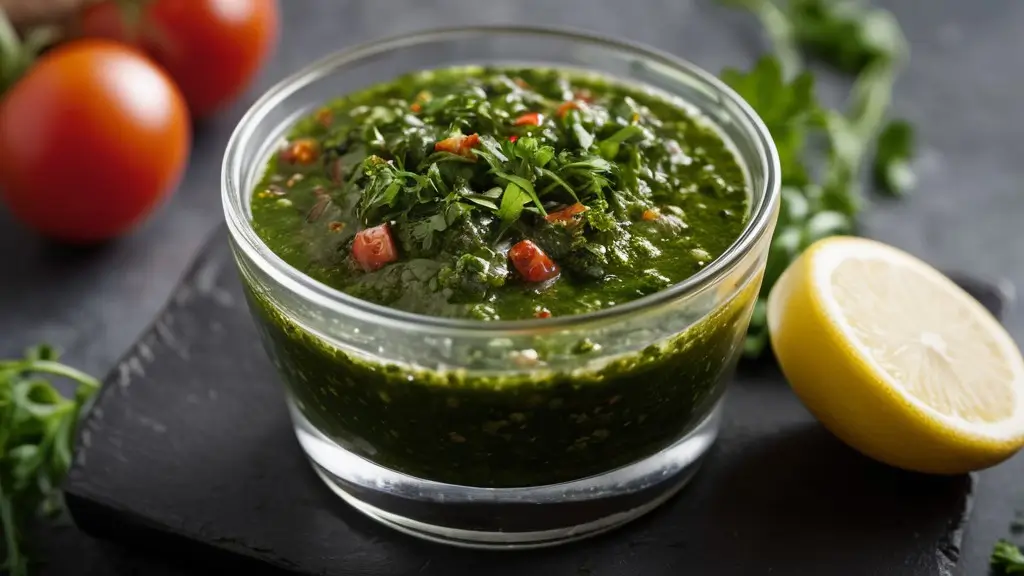
This zesty Argentinian sauce blends fresh herbs with simple ingredients to create a versatile condiment. The authentic chimichurri needs:
- 1 cup tightly packed parsley leaves
- 1 cup tightly packed cilantro leaves
- 5 cloves garlic
- ½ onion, coarsely chopped
- ¼ cup red wine vinegar
- ½ cup extra-virgin olive oil
- 1 teaspoon dried oregano
- 1 teaspoon hot pepper flakes
- 1 teaspoon coarse salt
- 1 teaspoon black pepper
The preparation is simple. Put parsley, cilantro, vinegar, onion, garlic, and seasonings in a food processor. Pulse a few times until chopped. The olive oil should be poured slowly while pulsing to achieve the right consistency – chopped but not mushy.
We used chimichurri on grilled meats, but its uses go way beyond the traditional. This sauce recipe tastes amazing when you:
- Mix it into pasta salads
- Spread it on pizza dough
- Combine it with Greek yogurt for a quick veggie dip
- Drizzle it over roasted vegetables
- Add it to scrambled eggs
Herb Sauce Storage Tips
The right storage techniques help fresh herb sauces recipe keep their vibrant flavors longer. A well-stored chimichurri stays fresh in the refrigerator for up to 2 weeks. Here’s how to preserve it best:
Refrigeration Method:The sauce needs plastic wrap placed directly on its surface to prevent oxidation. An airtight container in the refrigerator’s main compartment works better than the door to maintain steady temperature.
Freezing Options:Hardy herbs stay fresh wrapped in damp paper towels inside labeled, resealable freezer bags. Another option blends herbs with oil to freeze in ice cube trays, creating convenient portions that last several months.
Temperature Control: Room temperature chimichurri releases optimal flavors. The sauce tastes best over warm meats or vegetables.
Chimichurri’s versatility shines in the kitchen. The sauce recipe works great mixed into quinoa or wild rice, used as a protein marinade, or blended with chickpeas for unique hummus. Fresh herbs combined with garlic and vinegar create flavors that enhance any savory dish.
Conclusion
Sauce-making skills can turn simple meals into memorable dining experiences. Our deep dive into classic mother sauces, BBQ variations, pizza sauces recipe, and fresh herb combinations reveals the secrets to creating restaurant-quality sauces in your kitchen.
Quality equipment makes all the difference. A good saucepan and essential tools will help you experiment with different recipes. Your journey should start with easy sauces like marinara or chimichurri. As your confidence grows, you can tackle more complex mother sauces.
Each attempt at crafting homemade sauces teaches valuable lessons about consistency, seasoning, and timing. Your creations, when stored properly, will enhance meals for days to come.
Want to expand your culinary horizons? Our website recipesnutritious.com offers more recipes and food ideas to help you become a sauce recipe expert in your kitchen. The creative process of developing your signature sauces will make your dishes truly unforgettable.
FAQs
Q1. What are the five essential sauces every home cook should master? The five essential sauces are béchamel, velouté, espagnole, hollandaise, and tomato sauce. These classic French mother sauces form the foundation for countless other sauce variations and can elevate a wide range of dishes.
Q2. How can I enhance the flavor of my homemade sauces? To elevate your sauces, try adding fresh ingredients like citrus juice, vinegar, herbs, or sautéed vegetables. Experimenting with different seasonings and aromatics can also help develop more complex flavors in your sauces.
Q3. What’s the difference between marinara and tomato sauce for pizza? Marinara is thinner and cooks quickly, making it ideal for pizza. Tomato sauce, based on the French mother sauce, is thicker and more complex, better suited for dishes like chicken cacciatore. For pizza, use a simple, uncooked sauce to preserve the fresh tomato flavor.
Q4. How long can I store homemade BBQ sauce? Properly stored homemade BBQ sauce can last up to two weeks in the refrigerator. For longer preservation, you can freeze it for 3-4 months. Always use clean utensils when handling the sauce to avoid contamination.
Q5. What are some creative ways to use chimichurri sauce? While traditionally used on grilled meats, chimichurri is versatile. Try mixing it into pasta salads, spreading it on pizza dough, combining it with Greek yogurt for a veggie dip, drizzling it over roasted vegetables, or adding it to scrambled eggs for a flavor boost.

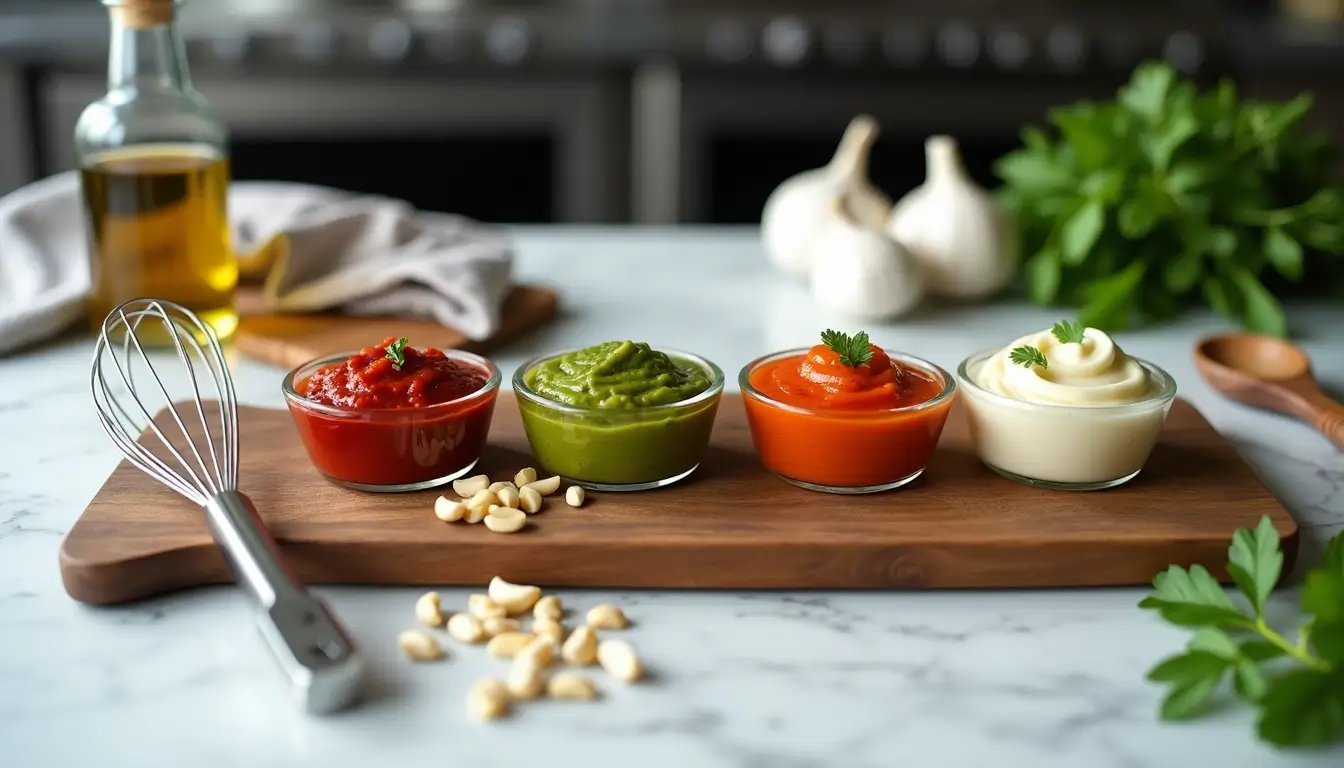
2 thoughts on “Sauce Boss: Essential Sauce Recipe to Elevate Your Cooking”
Comments are closed.